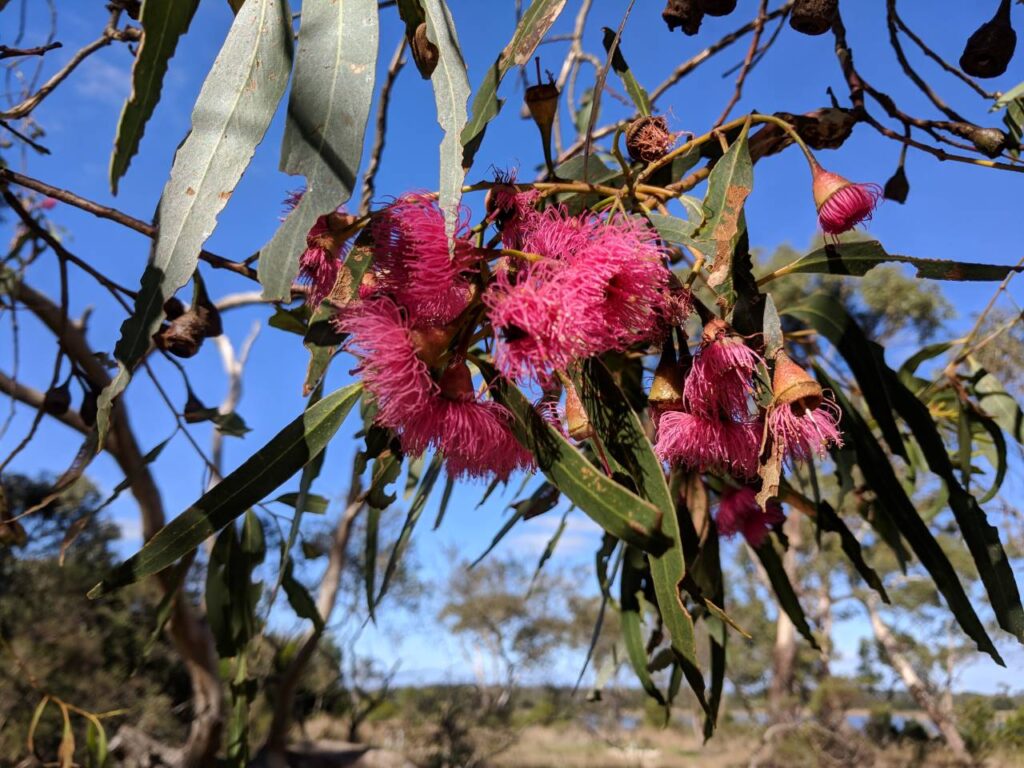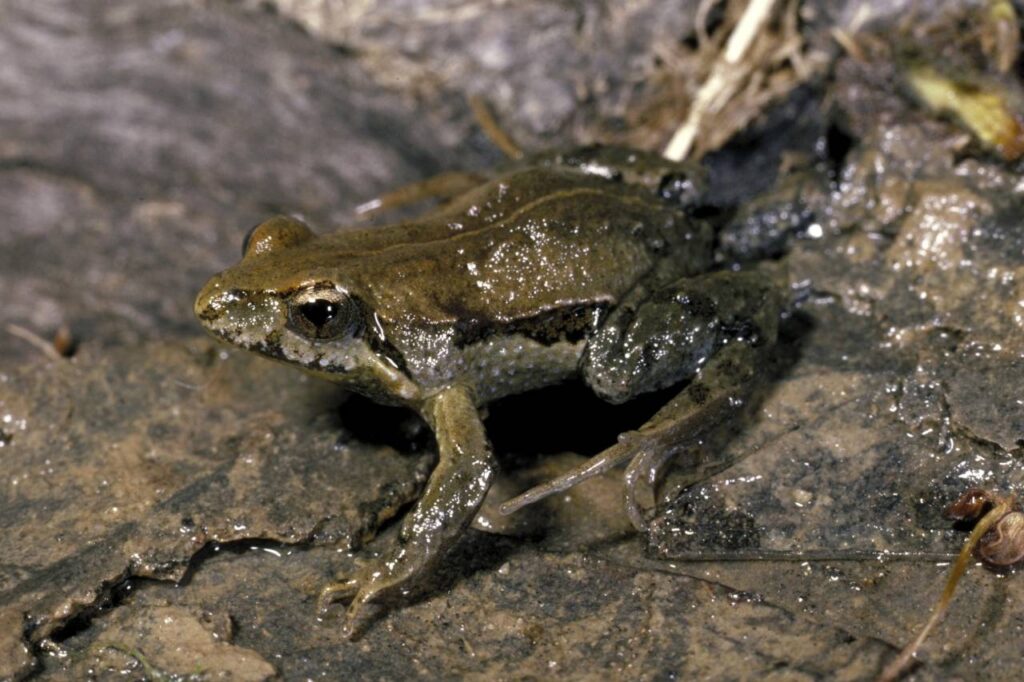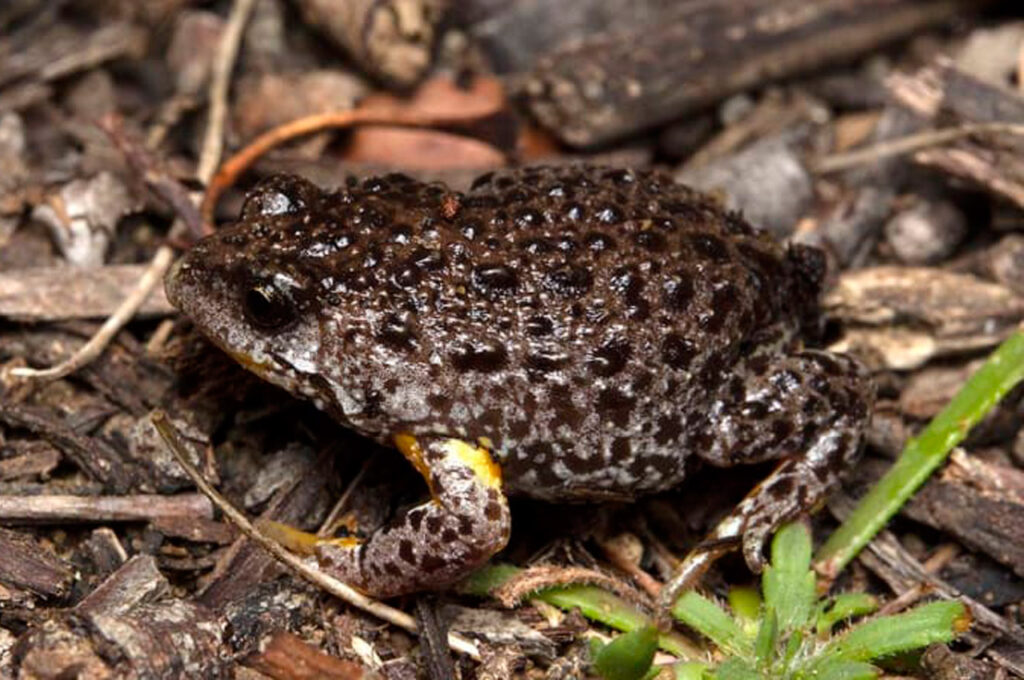We're hopping straight in and helping the frogs
Melbourne Water Frog Census has worked with the Devilbend Ambassador program across a number of years to monitor the health of frog populations at the reservoir and surrounding land. To monitor frogs, the Ambassadors have used the Melbourne Water Frog Census app, which allows the recording and submission of frog calls for expert analysis. Frogs are water-dependent and sensitive to habitat disturbance, drought, pollution and climate change, so the health of frog populations can tell us much about the health of the wider environment. Data being collected by the Ambassadors will help develop a valuable picture of what species occur at the Reservoir and how they are doing. In addition to monitoring, the Ambassadors have become advocates for frogs in their local communities, helping establish school frog ponds and leading frog workshops at the Kids Teaching Kids conference.











